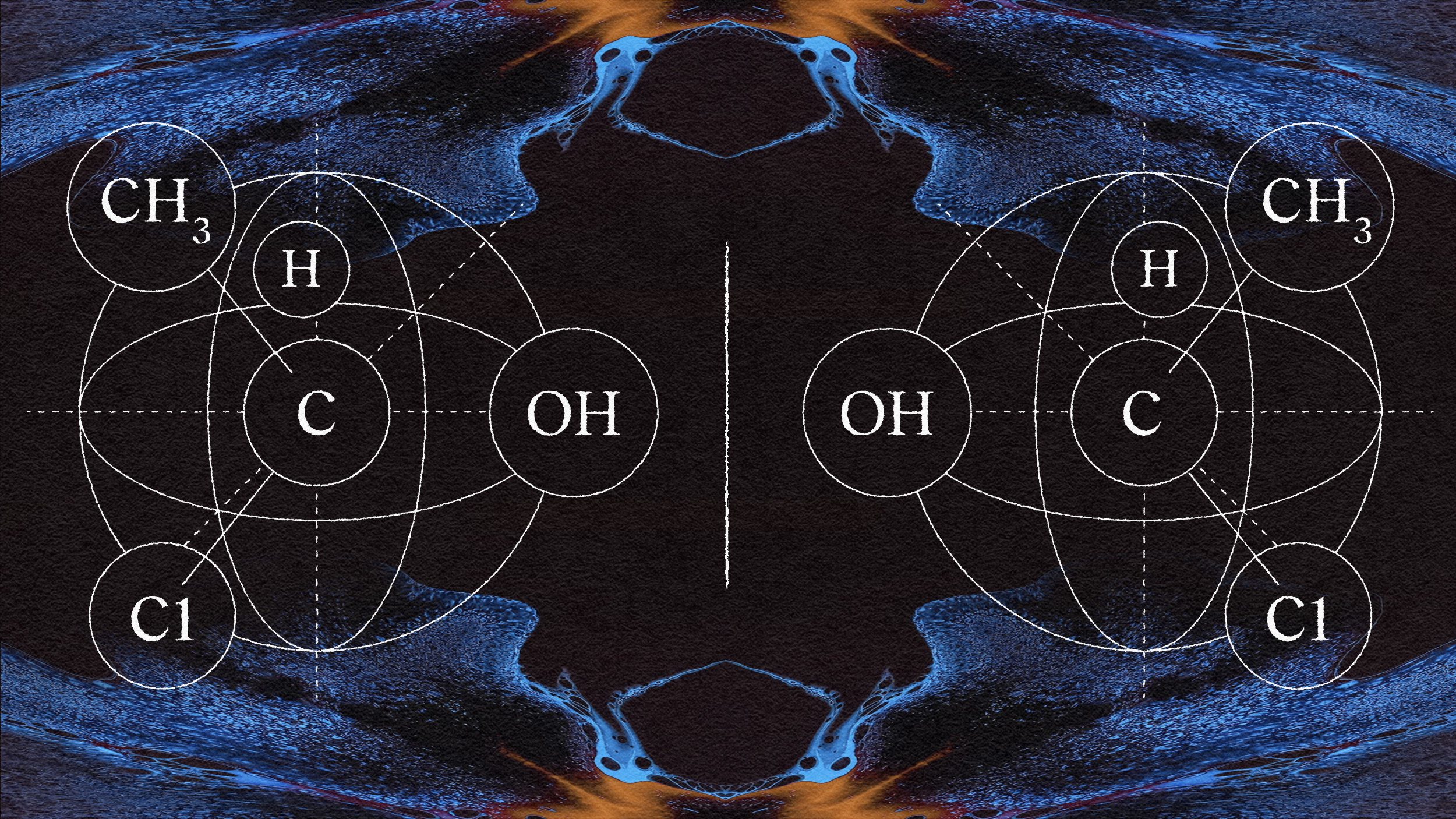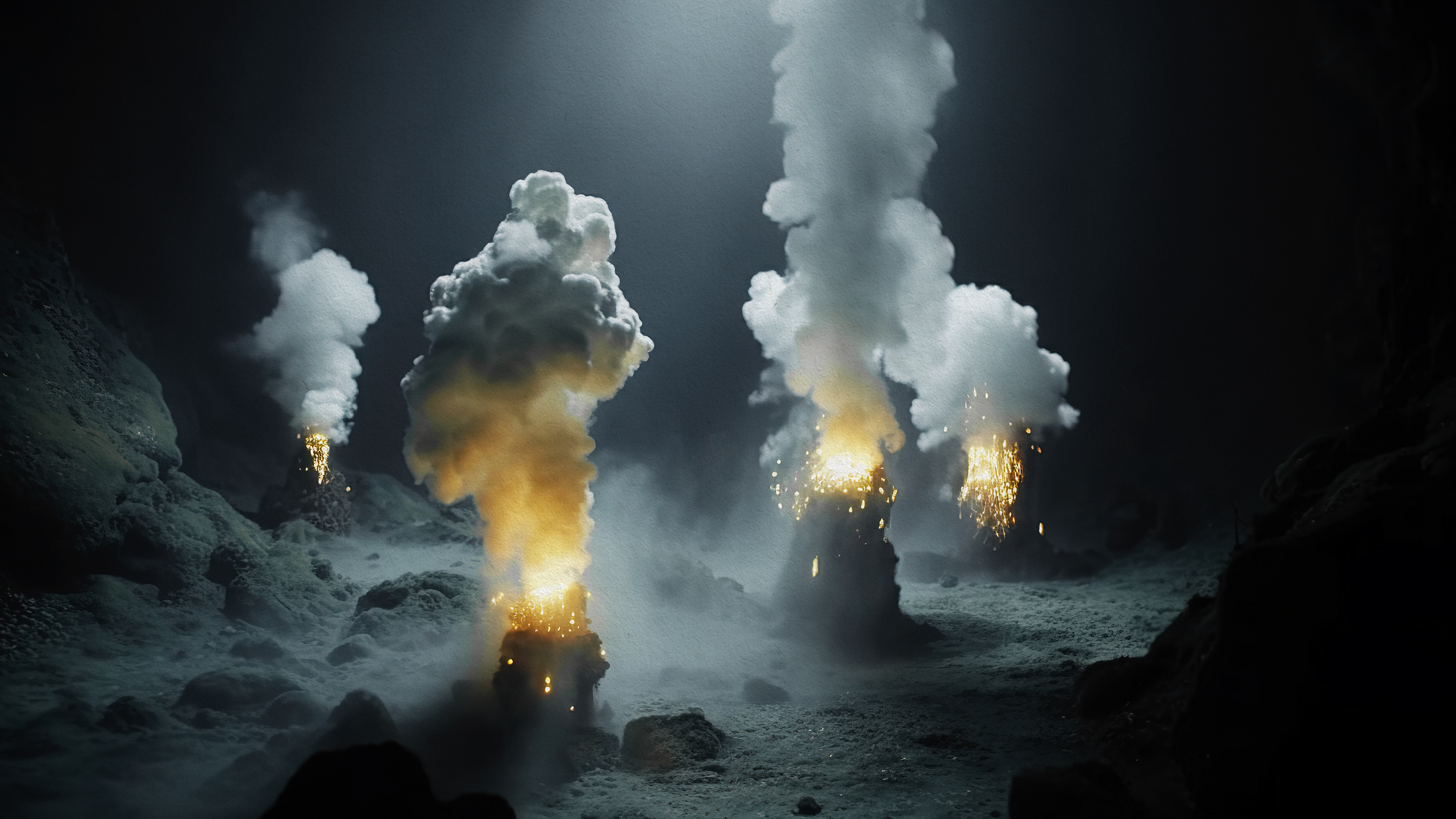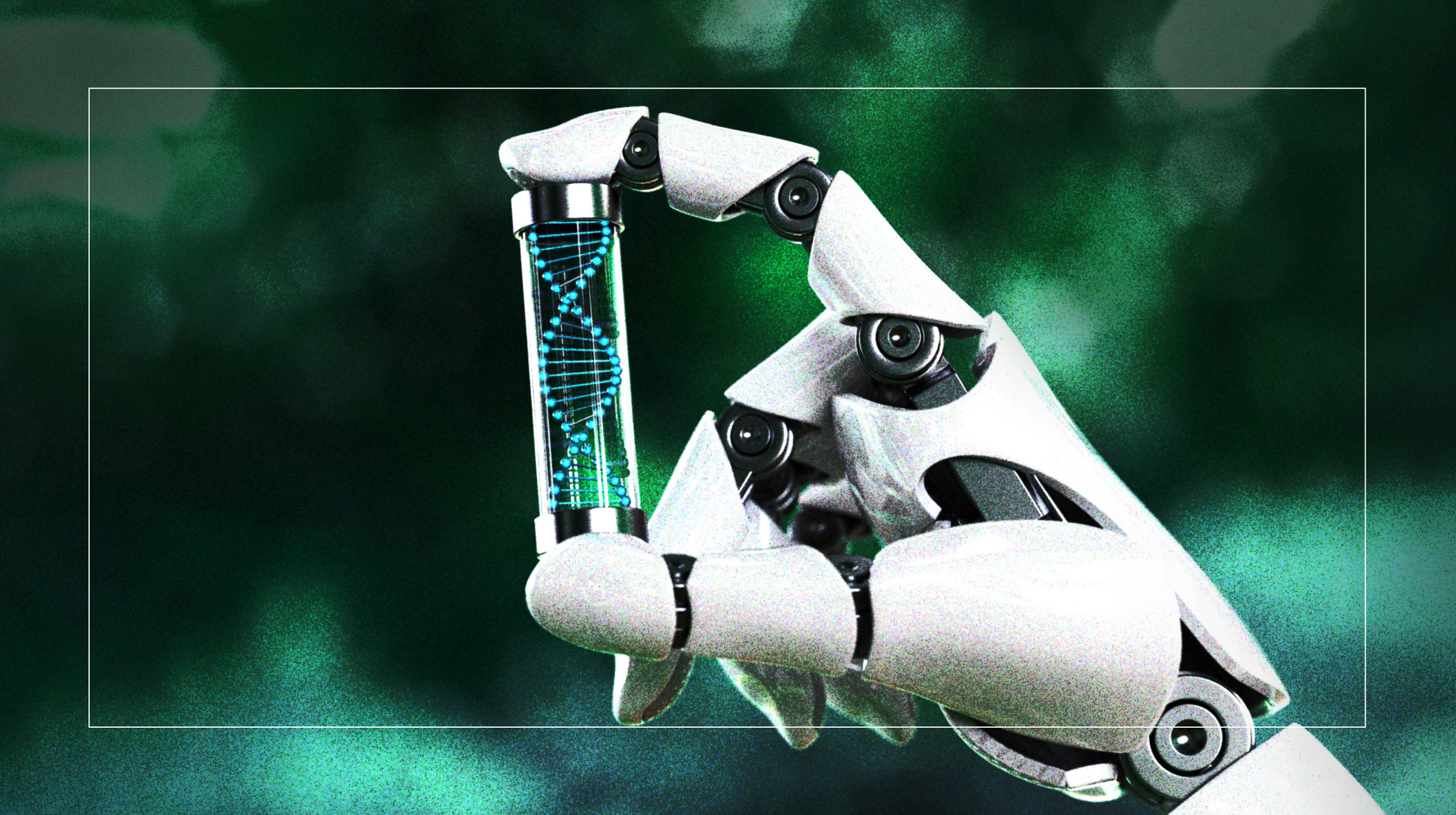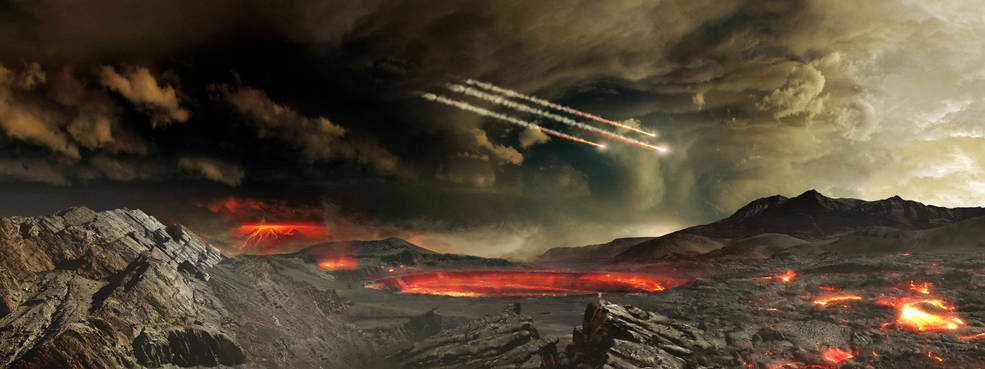How did life begin? (part 3)

The elusive self-replicating RNA molecule—one that has been sought after for more than three decades now—would be an example of what is called an autocatalytic reaction.
In chemistry, a catalyst is a molecule that significantly speeds up the rate at which a reaction happens, without being used up in that reaction. Many proteins act as catalysts. For example, some of the necessary chemical reactions to produce and maintain a living organism could take thousands of years to complete on their own. But with the appropriate protein as a catalyst, they can happen in just a few minutes, or even faster.
After it was discovered that some RNA molecules can also act as catalysts, like proteins, it was suggested that life started with self-replicating RNA—i.e., an RNA molecule that catalyzes its own formation (hence auto-catalytic, or self-catalyzing). This led to the RNA world hypothesis, as described in the previous part of this series.
Several examples of autocatalytic reactions exist in chemistry. But in the early 1970s, a young American scientist by the name of Stuart Kauffman speculated that life probably did not start with single self-replicating molecules. In a 1971 article in the Journal of Cybernetics, Kauffman states:
“Replication is the property of a complex dynamic system, not a single molecule. More fundamentally, self-replication is an autocatalytic process in which a set of molecules catalyzes the formation of a nearly identical second set. No molecule need catalyze its own formation.”
Stuart Kauffman
So, rather than having a single molecule that catalyzes its own replication, Kauffman argues for a set of molecules that catalyze each other’s formation. He called such a mutually catalytic set of molecules an autocatalytic set.
Interestingly, that same year Nobel laureate Manfred Eigen published an article in which he entertains almost exactly the same idea—but he then quickly dismisses it. Not because he thought it was too unlikely for such a set to emerge from prebiotic chemistry, but because he argued that such a set would not be able to evolve and become more complex. In other words, even if it does emerge, it would not be able to lead to real living and evolving systems.
Kauffman did not return to his original idea until 1986, 15 years later, when he published an article in the Journal of Theoretical Biology with a much more detailed explanation. In this article, he introduces a specific mathematical model of chemical reaction networks. Using a well-known theoretical result due to Hungarian mathematicians Erdös and Rényi, Kauffman then argues that the emergence of autocatalytic sets in his model is inevitable, given a high enough diversity of molecule types.
An example of an autocatalytic set. Molecules are represented by sequences of the building blocks ‘a’ and ‘b’. These sequences can be combined into longer ones or split into shorter ones through chemical reactions, represented by black dots. Dotted arrows indicate which molecules catalyze which reactions.
This claim was verified that same year with computer simulations performed by physicists Doyne Farmer and Norman Packard. In their joint article reporting on these results, Farmer, Kauffman, and Packard include a diagram illustrating an autocatalytic set that arises from their model.
In later years, similar results were obtained independently by several other researchers using similar models of chemical reaction networks. All of these models showed that autocatalytic sets do indeed form quite easily—without requiring a very high level of catalysis. For example, in Kauffman’s original model each molecule needs to catalyze no more than two reactions, on average, to have a high probability of autocatalytic sets existing. As is known from real chemistry, there are many molecules that can catalyze more than one reaction.
Autocatalytic evolution
What also followed from some of these models and simulations is that autocatalytic sets actually can evolve and become more complex, despite Eigen’s early criticism. This was shown conclusively by a group of researchers led by evolutionary biologist Eörs Szathmáry, and also including Kauffman. Here too, similar results were subsequently obtained by other researchers.
All of these results are based on mathematical models and computer simulations of chemical reaction networks. However, autocatalytic sets have also been constructed experimentally, with real molecules. The first such example was produced in 1994, in the lab of Günter von Kiedrowski in Germany. Kauffman and von Kiedrowski shared a bottle of champagne after this achievement.
Proteins fold into complicated 3-dimensional structures, determined by their linear sequence of amino acids. This structure then determines their function, such as which chemical reactions they can catalyze.
More recently, autocatalytic sets with up to 16 catalytic RNA molecules, so-called ribozymes, were constructed experimentally. Furthermore, an experimental autocatalytic set consisting of nine short proteins (or peptides) was produced based on precise theoretical calculations.
These experimental examples, although an important proof of principle, were carefully designed and constructed in controlled laboratory environments. However, it has also been shown that the metabolic networks of actual living organisms contain autocatalytic sets. A metabolic network is the collection of chemical reactions that happen within an organism to turn food and external energy into the basic building blocks (such as nucleotides, amino acids, and lipids) that form the molecules required for growth, maintenance, and reproduction.
The metabolic network of Escherichia coli (or E. coli, for short) is one of the most studied of any organism. E. coli is a bacterium that lives in your gut, produces vitamin K, and helps in fighting off other, harmful bacteria. In 2015, molecular biologists Filipa Sousa and Bill Martin showed that the metabolic network of E. coli contains a large autocatalytic set.
Very recently, Joana Xavier and Martin showed that the metabolic networks of more primitive microbes also contain autocatalytic sets. These particular microbes live on the simplest source of carbon and energy known, and are assumed to be similar to some of the earliest living organisms, shortly after the origin of life.
A very different scenario
What is most striking about the autocatalytic sets in these metabolic networks, is that they do not need proteins or RNA as their catalysts. Instead, they use naturally occurring elements such as metals (iron, zinc, magnesium, etc.), or other small molecules produced by the network itself. However, these “primitive” autocatalytic sets actually do produce some nucleotides and amino acids, the basic building blocks for RNA and proteins. Interestingly, these microbial autocatalytic sets are also compatible with hydrothermal vent chemistry.
This large collection of theoretical and experimental results on autocatalytic sets is starting to suggest a very different scenario for a possible origin of life, other than that of the RNA world hypothesis. Instead of life starting with single self-replicating RNA molecules (for which there still is no experimental evidence), perhaps it started with simple autocatalytic sets that form quite easily, and that initially used metals and small self-produced molecules as their catalysts. However, these initial autocatalytic sets were able to produce the basic building blocks for RNA and proteins. Once these larger molecules came into existence, they could have started taking over the role of the initial catalysts, as these larger molecules are more efficient. This, in turn, would allow for the formation of yet other molecules, in an upward spiral of complexity and diversity, all the way to the first real metabolic networks.
Stuart Kauffman on his 78th birthday (in 2017); the cake featured an image of an autocatalytic set.
After almost 50 years, the original idea of autocatalytic sets has come a long way. Kauffman will celebrate his 80th birthday this year—and he is still actively involved in origin of life research. Some of this ongoing work can be followed through the website of the COOLscience Club (of which Kauffman is a member).
With a combined effort among many scientists with different kinds of expertise, the longstanding problem of the how, where, and when of the origin of life will undoubtedly be solved eventually.
And with that, we will also gain a better understanding of what life is, how likely it is that it may have originated (or might still originate) elsewhere too, and whether we can expect it to be very similar or quite different than life on Earth.
It will certainly provide a more informed perspective on our own place in the universe, and among any other life that may be out there.
(This is Part 3 of a three-part series on on the history of research on the origin of life. See Part 1 here, and Part 2 here.)
Wim Hordijk (@WanderingWim) describes himself as “a computer scientist by training, an evolutionist by historical accident, an academic against better judgment, and a professional wanderer by choice.” He is most interested in the interface of computation and biology, especially focusing on emergence, evolution, and origin of life.
The post How Did Life Begin? (Part 3) appeared first on ORBITER.





